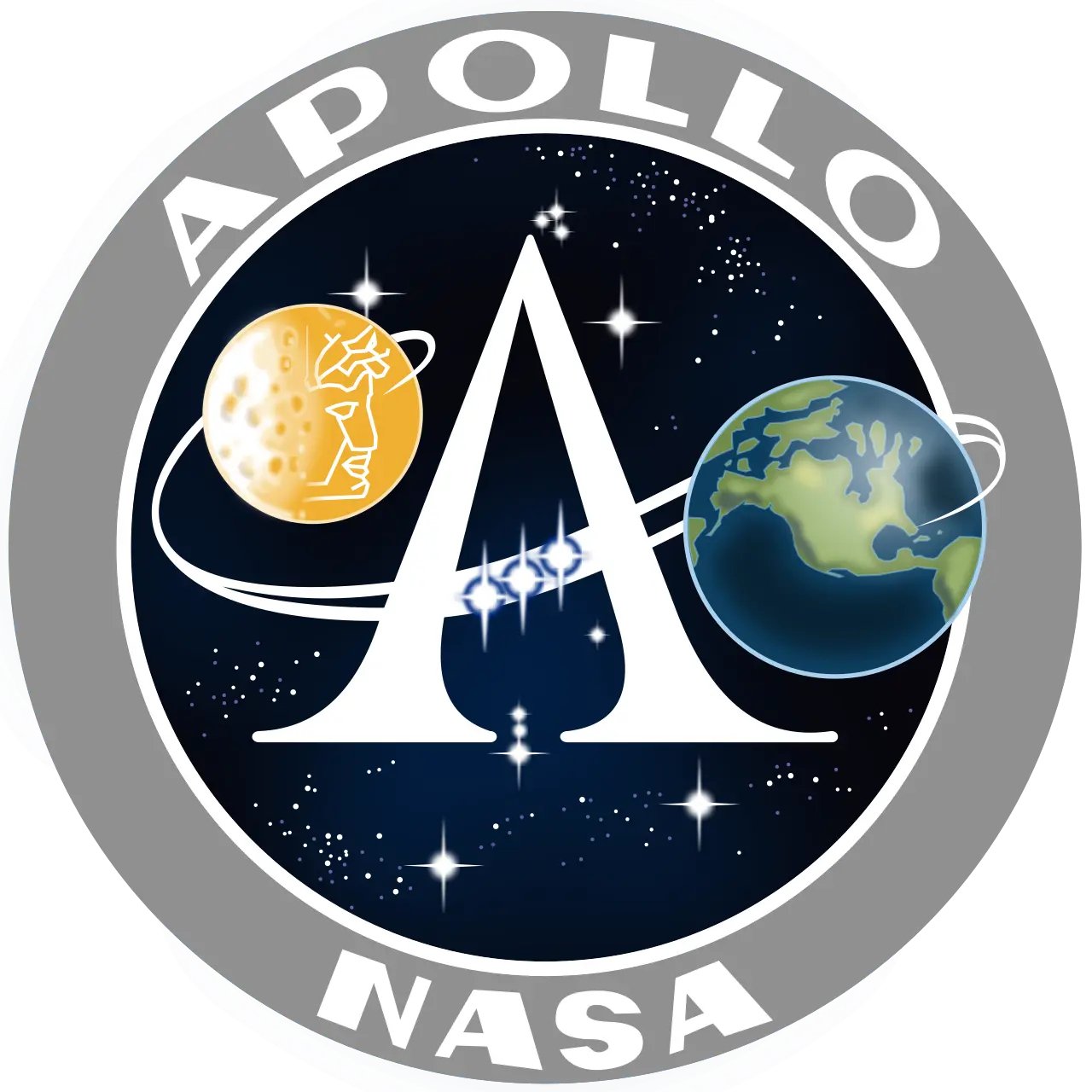A Journey of Discovery
The Apollo program, initiated by the United States in 1961, was a monumental endeavor that aimed to land humans on the Moon and safely bring them back to Earth. Between 1969 and 1972, six Apollo missions successfully landed on the Moon, forever changing our understanding of Earth's celestial neighbor and our place in the cosmos. Here's a look at some of the most significant scientific discoveries and technological advancements that the Apollo program contributed to our knowledge of the Moon.
Lunar Geology and Composition
Before the Apollo missions, the Moon was largely a mystery. Scientists had theories about its composition and origin, but concrete data was lacking. The Apollo missions brought back 842 pounds of lunar rocks, soils, and core samples. These samples revealed that the Moon is not a chunk of Earth that broke off, as some theories suggested, but likely formed from the debris of a massive impact between Earth and a Mars-sized body.
The samples also showed that the Moon is devoid of any significant amounts of water and has a different isotopic composition than Earth. The rocks were primarily basalts, formed from cooling molten lava, and anorthosites, which are composed of a type of feldspar mineral. These findings helped scientists understand the Moon's volcanic history and its lack of plate tectonics.
Lunar Atmosphere and Magnetic Field
The Apollo missions confirmed that the Moon has an extremely thin atmosphere, so thin that it's effectively a vacuum. This lack of atmosphere explains the Moon's harsh temperature extremes and its inability to hold water on its surface.
Additionally, instruments left on the Moon's surface detected a very weak magnetic field. This was surprising because the Moon doesn't have a molten core, which is typically required to generate a magnetic field. The weak magnetism suggests that the Moon may have had a molten core in the past, offering clues to its geological history.
Human Adaptability and Technological Advancements
The Apollo program was not just a scientific mission; it was also a test of human endurance and adaptability. Living and working in the Moon's low-gravity environment provided invaluable data on how the human body reacts to extended periods of reduced gravity, which has implications for future long-term space travel.
Technologically, the Apollo program spurred advancements in computer technology, telecommunications, and materials science. The lunar module, the spacecraft that landed astronauts on the Moon, was an engineering marvel, designed to operate in the Moon's harsh conditions. The program also led to the development of new materials and technologies, including heat shields and life-support systems, that have since been adapted for various other applications on Earth.
The Moon as a Stepping Stone
The Apollo missions taught us that the Moon could serve as a stepping stone for deeper space exploration. The experience gained from landing on the Moon and returning safely has informed plans for missions to Mars and beyond. The Moon is also thought to have reserves of Helium-3, a potential fuel for future nuclear fusion reactors, making it an attractive target for future resource exploitation.
Conclusion
The Apollo program was a watershed moment in human history, offering new perspectives on the Moon and our place in the universe. The scientific discoveries made during these missions have had a lasting impact on various fields, from geology and atmospheric science to human physiology and materials science. As we look to the future of space exploration, the lessons learned from Apollo continue to serve as both a foundation and an inspiration.


